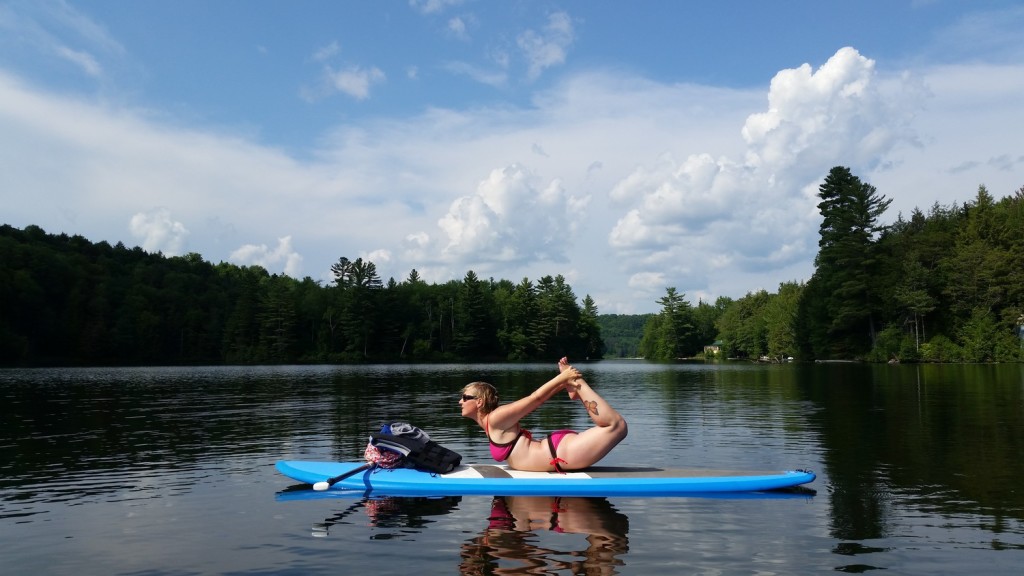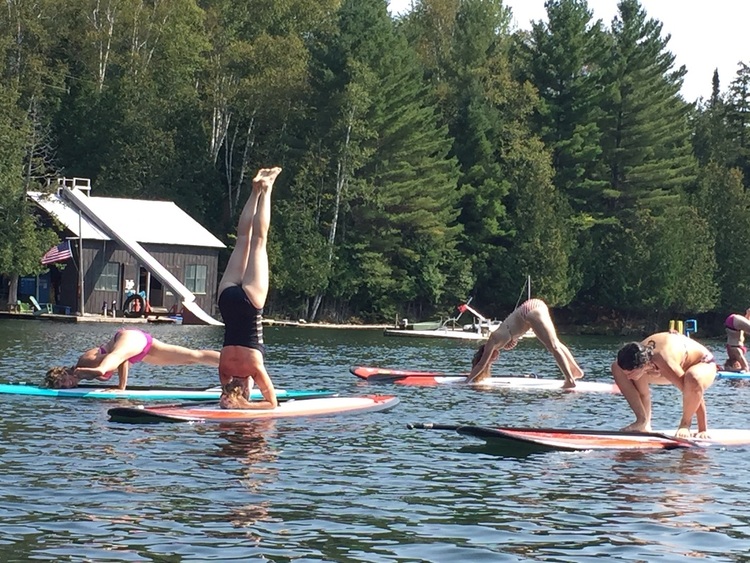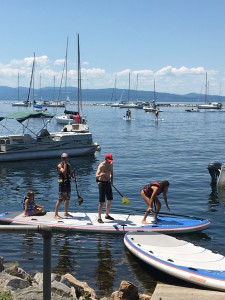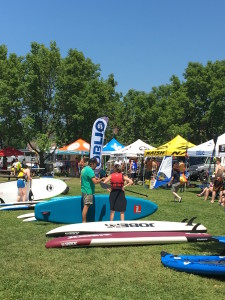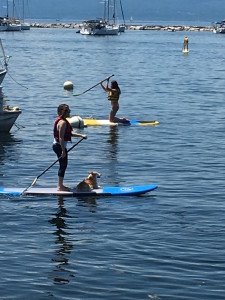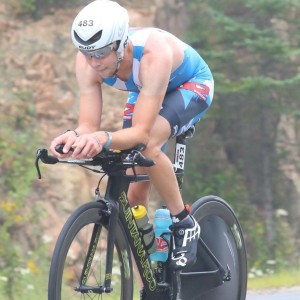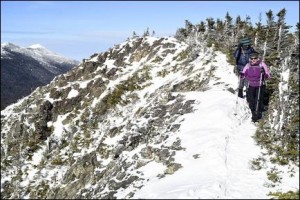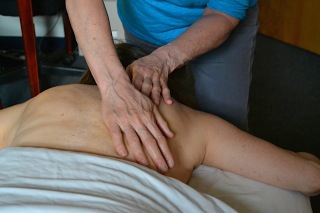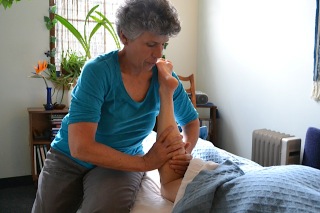The training principle of overload demands self-discipline, balance and the knowledge to use it well. Overload is for everyone – young and old, novice and expert, recreational and competitive, fitness enthusiast and pro, but must be used judiciously – not EVERY time, but often enough to keep one’s options open.
Every time I hear the word “OVERLOAD,” I think of Patrick Swayze and “Dirty Dancing.” And for you kids, yes, a generation (or more) of us fell in love with either Swayze or Jennifer Gray nearly 30 years ago. And I’ll just bet some of us are still singing those songs.
Overload, however, is also a training principle without which an athlete or fitness enthusiast of any level cannot progress.
Even Mark Twain knew about overload. “If you do what you have always done, you will get what you have always got,” he said.
Usually there is more. Overload opens the door to dreams and goals, possibilities and opportunities. Without overload we simply stay where we are. Briefly. Maintenance is an ambiguous concept. Can one really stand still? Or is it true that if we’re not moving forward, we’re moving backward?
EXERCISE
What do you call it, that thing you do that falls somewhere under the heading of exercise? Training? Working out? Being active? Moving? It really doesn’t matter what you name your exercise or even how you define it; the principles are the same. Getting in a rut is bad; moving forward is good.
The athlete who trains to keep up with his 10 year old on a hike to the top of Mt. Abe is not really so very different from the athlete who trains to qualify for the Boston Marathon. Furthermore, neither is far removed from the sedentary office worker whose doctor mandated weight loss or the joint replacement patient putting one foot in front of the other through rehab.
If exercise, or training, or working out, or any form of “purposeful activity” is on your radar, then you are part of a growing community that values the importance of movement for performance and/or wellness.
Some of you adhere to regular plans; some of you are still in the planning stages. But wherever you are, you are looking at a journey. As time goes on, you become leaner, stronger, faster, more energetic, flexible, knowledgeable and finally more dedicated to your quest. In fact, as you continue to push back your previously perceived limitations and enlarge your possibilities, the more important your active lifestyle will become.
TRAINING PRINCIPLES
Pause for a minute or two. Take out a piece of paper and a pen, or type in a few notes on your iPad. Make a list. Think about it. Hammer out 10 things you think are important to your exercise plan.
Now check your list to see if any of these words appear: doctor’s approval, preparation, motivation, accountability, assessment, measurement, goal, time, recovery, sleep, nutrition, hydration, balance, base building, endurance, strength, speed, flexibility, agility, overload, specificity, tools, partner, race, cross-training, class, solo, commitment, play, gear.
We could do this all day. But it’s up to you to choose 10 fitness training elements that work for you. Remember, you might hold in your hand a perfectly conceived plan, one that has been developed to meet your personal goal and to take you from where you are right now to where you will be when you reach that goal. But, if you do not DO it, that perfect plan is worthless.
Let’s consider just two training principles that might act as reminders of what you already know, or a few good ideas to incorporate in your top 10 list.
THE PRINCIPLE OF BALANCE
The word balance touches upon what is mental, emotional and physical. We speak of balancing appointments, budgets, nutrition and rest just as often as we consider the balance needed to maneuver a ropes course or stand in tree pose. It is no surprise, therefore, that your fitness plan needs to be balanced.
You need long days, short days, hard days, easy days, fast days, slow days, flats, hills, intervals, that which is serious and that which is just plain fun.
Do you hear your friends rave about how hard a class might be or how completely depleted they were after a particular workout? That’s good. But not every time.
Your body needs regular practice going the distance as well. You need to teach your body to recover both within the context of a training session and before the next one. Your workouts must include the commitment to finish as well as start; to accept moderation as well as stress. As we like to say, “It’s all good.”
THE PRINCIPLE OF OVERLOAD
This brings us back to the principle of overload. For some, overload is the fun stuff; for others, sheer dread. To progress, to move forward, you need it so go ahead and embrace it.
“The Overload Principle is a basic sports fitness training concept. It means that in order to improve, athletes must continually work harder as their bodies adjust to existing workouts.” www.sports-training-adviser.com/overloadprinciple
Elizabeth Quinn (www.verywell.com, January 2016) wrote this about overload: “Definition: The principle of overload states that a greater than normal stress or load on the body is required for training adaptation to take place. The body will adapt to this stimulus. Once the body has adapted then a different stimulus is required to continue the change. In order for a muscle (including the heart) to increase strength, it must be gradually stressed by working against a load greater than it is used to. To increase endurance, muscles must work for a longer period of time than they are used to. If this stress is removed or decreased there will be a decrease in that particular component of fitness.”
Overload is appropriate, therefore, to building strength as well as endurance. By increasing resistance and/or repetitions, the body responds with increased strength. Increase time and/or distance, the body responds with increased endurance.
Note: such increase must be done in a safe and deliberate way in order to build rather than injure. Also note that as Quinn said, the opposite, decreasing intensity, causes a loss of power or fitness.
MOVING FORWARD
It is already the first weekend in August. Summer vacation times come early for some and later for others, perhaps when the season has matured. Goldenrod is prolific; back-to-school specials are too. But there are still a few weeks to play the part. There is yet time to indulge in activities best enjoyed at a pace and intensity suitable to summer.
While doing so, why not anticipate the months ahead and develop a plan? You’ve made a list and pondered some of the many elements of fitness training. Take another look at that list and be sure that you have both balance and overload on it. Then get ready to take the next step, the step forward from where you are and headed in the direction of where you want to be in your fitness future.

